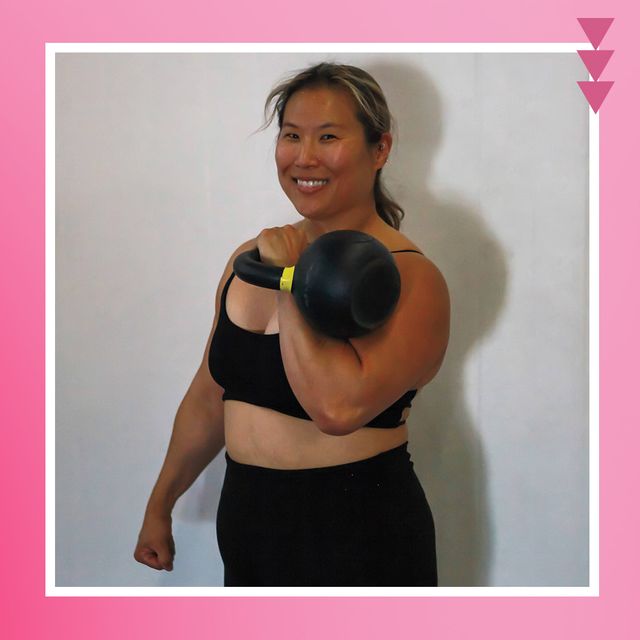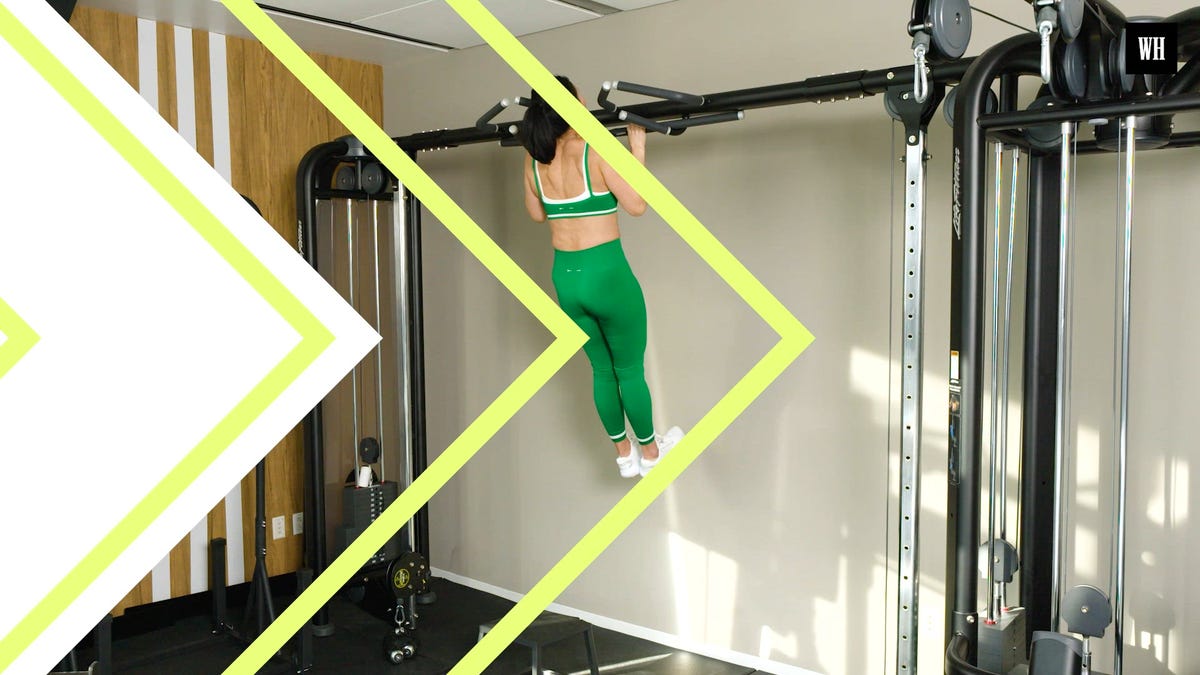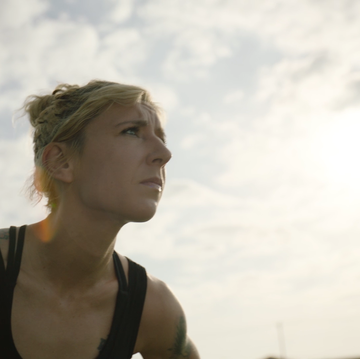It’s no secret that the new year is loaded with pressure to make major proclamations about or alterations in your life. It can feel overwhelming, for sure, but it also provides a natural opportunity to check in with yourself and ask: Who do I want to be? Am I already that person? Or is there an aspect of my life, micro or macro, that I want to change?
If the answer to that last question is yes, know that the beauty of transformation—though by definition means a “thorough or dramatic change”—is that it’s doable, no matter how daunting it may seem. Sometimes it’s as easy as deciding what you’ll change and doing it. Sometimes it takes a therapy session (or two or three or four or more) to get there. Sometimes it’s as simple as chatting with a friend who succeeded to kickstart your own trickle-down transformation.
No matter what, using actual science-based strategies is key to making it stick. That’s why we talked to three different psych and mind experts who work with women who want to alter something about their life or habits. Here, the most effective (and doable) methods and steps that really, truly work for the long haul.
Get Super Clear On Your Endgame
“If you don’t know what you’re working toward, you don’t know where you’re going,” says Jessica Smedley, PsyD, a clinical psychologist in private practice in Washington, D.C., and an adjunct professor at George Washington University. “The more specific you can be, the more connected you are to what that means.” Also important to suss out on the front end: a reasonable pace and time frame.
Identify Your Motivation (And Shift It, If Necessary)
Is the desire coming from you or someone else? That’s the difference between an intrinsic motivator and an extrinsic one, says WH advisor Chloe Carmichael, PhD, a clinical psychologist and the author of Nervous Energy: Harness the Power of Your Anxiety. “Intrinsic motivation has the highest success rate because there’s less resistance.” It means you’re actually pursuing a goal versus just making a display of it.
If you need to go from extrinsic to intrinsic, borrow inspo from “motivational interviewing,” a method Carmichael says is popular in the addiction space (but not limited to that usage). Ask yourself, What will happen if I’m able to make this change? Then list the benefits. Next, ask, What would happen if I did not make this change? Write the downsides. “Getting in touch with the facts can awaken your intrinsic desire,” says Carmichael.
Lead With Your Strengths
When Barbara Becker Holstein, EdD, a positive psychologist and author of The Enchanted Self, meets with a new patient, rather than saying, “Tell me your problems,” she asks, “What are your talents? What are your strengths?” In that same vein, when you’re trying to identify a new goal or path (or give yourself a boost), mull over what you’re good at first.
Make three lists, suggests Holstein: your talents (even something you did as a kid, like cheerleading); your interests (you were once in a book club); and where you have promise (like that business course you wanted to take but couldn’t). “Identifying untapped potential is the secret to ‘correcting’ the way a person behaves,” says Holstein.
Understand That Maybe It'll Just... Work
Leave space for the possibility that you could flick this like a light switch and make a change, says Carmichael. “We don’t want to undermine that chance.” So entertain the idea that a dramatic change may be easier than you think.
Plan An Insurance Policy
Carmichael encourages clients to make videos for themselves, including one for getting back on track. Perhaps you’re making lifestyle changes and had a weekend of debauchery. Instead of throwing in the towel, you’d watch this “get-back-in-the-battle video of yourself from when you were in a clear headspace,” says Carmichael. Pushing through a relapse is “the difference between giving yourself grace and complete sabotage,” adds Smedley.
Satisfy Secondary Gains
That’s a “secret perk” that keeps someone tied to an issue, often unknowingly. “The classic example is a girl with a broken leg,” says Carmichael. “When the doc says, okay, the leg is better, she doesn’t want to let the cast go.” Why? There were subtle benefits (more attention, missing gym class) that make her resistant to healing. That’s why you want to find productive ways to satisfy secondary gains.
Take alcohol, if that’s your “thing” to transform. The secondary gains may be that you let your guard down, you have intimate moments with friends, and that it feels like a big release. Instead, plan an adrenaline-filled experience (skydiving?) that offers the chance for shared bonding as well as a way to “supercharge your bodies together,” says Carmichael.
Set Your (Firm) Boundaries
About 90 percent of Smedley’s work with women centers on boundaries. “We think about others first and prioritize tasks, but we can’t keep going at the expense of high blood pressure or burnout,” she says. In other words, boundaries are not just nice to have—they’re critical.
Curate A Strong Team
The most important thing? Support with a capital S. This may involve some careful consideration of your squad. “Look out for anyone who doesn’t seem excited about the positive changes you’re making,” says Carmichael. Your support crew can involve professionals and unofficial mentors as well. “You need people who’ll offer you wisdom,” says Holstein. So very true!
Abigail Cuffey is the executive editor of Women's Health, where she oversees the brand’s content and initiatives across platforms. Abigail has more than 15 years of editing and writing experience at national publications, with a specific expertise in health and medical journalism. She’s edited award-winning features and packages and is passionate about creating impactful stories that engage and inform the audience. Abigail hails from the Midwest (Urbana, Illinois) and is a proud alum of Syracuse University, graduating with a specialty focus in exercise physiology in addition to magazine journalism. She’s completed 4 marathons, countless half-marathons, and 1 half-ironman. Abigail is also an adjunct professor at New York University where she teaches in the masters of publishing program, and lives in New Jersey with her husband and two very active kids.




















